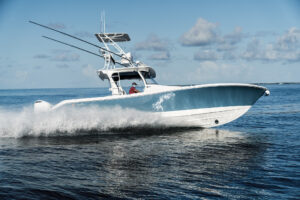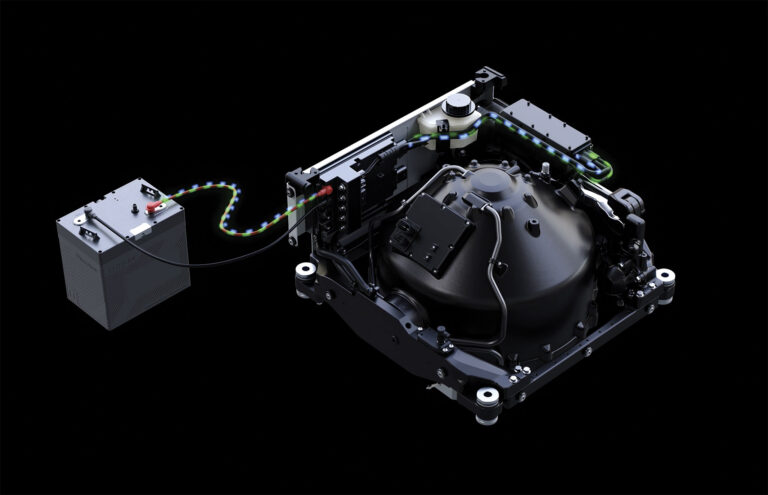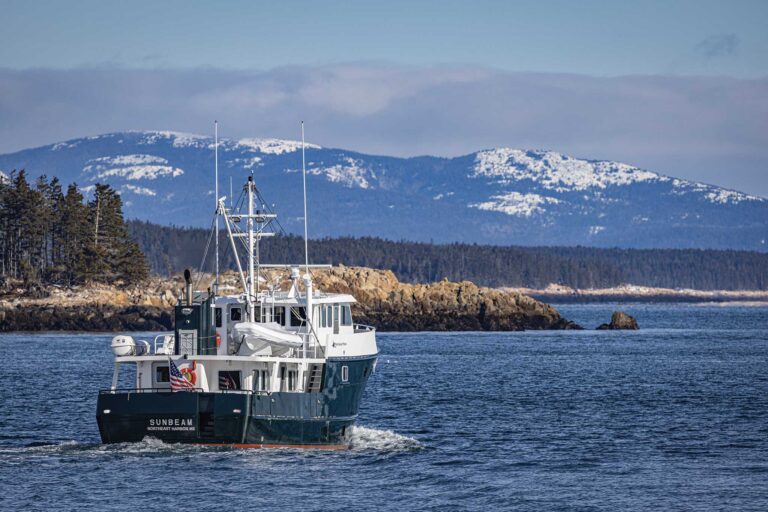Motoring among the powerboats filled with spectators at the start line of the 1971 Sydney Hobart Yacht Race, was a vessel that looked different from the others. It was an Amphicar 770. This wasn’t the first time the amphibious vehicle was seen at this event. Five-years prior, vintage car collector Jason Fischer noodled around in his amphicar in Sydney Harbor and remarked that it “was a bit like being in a bathtub.” The Amphicar 770 was neither an excellent car nor a salty motorboat, but it was one of the quirkiest things on the water.
The 770 made its debut in 1961 at the New York Auto Show. Manufactured in West Germany, it was designed by Hans Trippel who had tooled around with designs for an Amphicar since the 1930s. Trippel even went so far as to strap an outboard motor to his car in the early stages of brainstorming. The prototype 770 featured a bilge pump to drain water out the rear and a gear that enabled the vessel to transition from driving on four wheels to cruising with twin propellers. Per U.S. Coast Guard standards, each amphibious vehicle made in the U.S. was required to have navigational lights and a flag, with an optional anchor and paddle. Early Amphicars were powered by a 43-hp Triumph four-cylinder engine. The 770 denoted the car’s speed—7 mph in the water and 70 mph on land. During the four years the Amphicar was produced, about 3,878 were built and sold.
While Amphicars were not particularly seaworthy, a pair of them, driven by stunt drivers, crossed the English Channel in 1965. Some water lapped up and over the sides, but neither vessel sank. The cars were also a good mechanism for a practical joke, which former President Lyndon B. Johnson perfected. Johnson would try to scare guests at his ranch in Johnson City, Texas, by driving his Amphicar downhill into his lake, while yelling that the brakes were malfunctioning.
Production on the Amphicar 770 ceased in 1965. Today, amphibious vehicles are still developed and tested. Brands like Iguana Yachts and Tesla have been building designs with amphibious qualities, though there are currently no true amphibious cars in production.
This article was originally published in the August 2024 issue.










